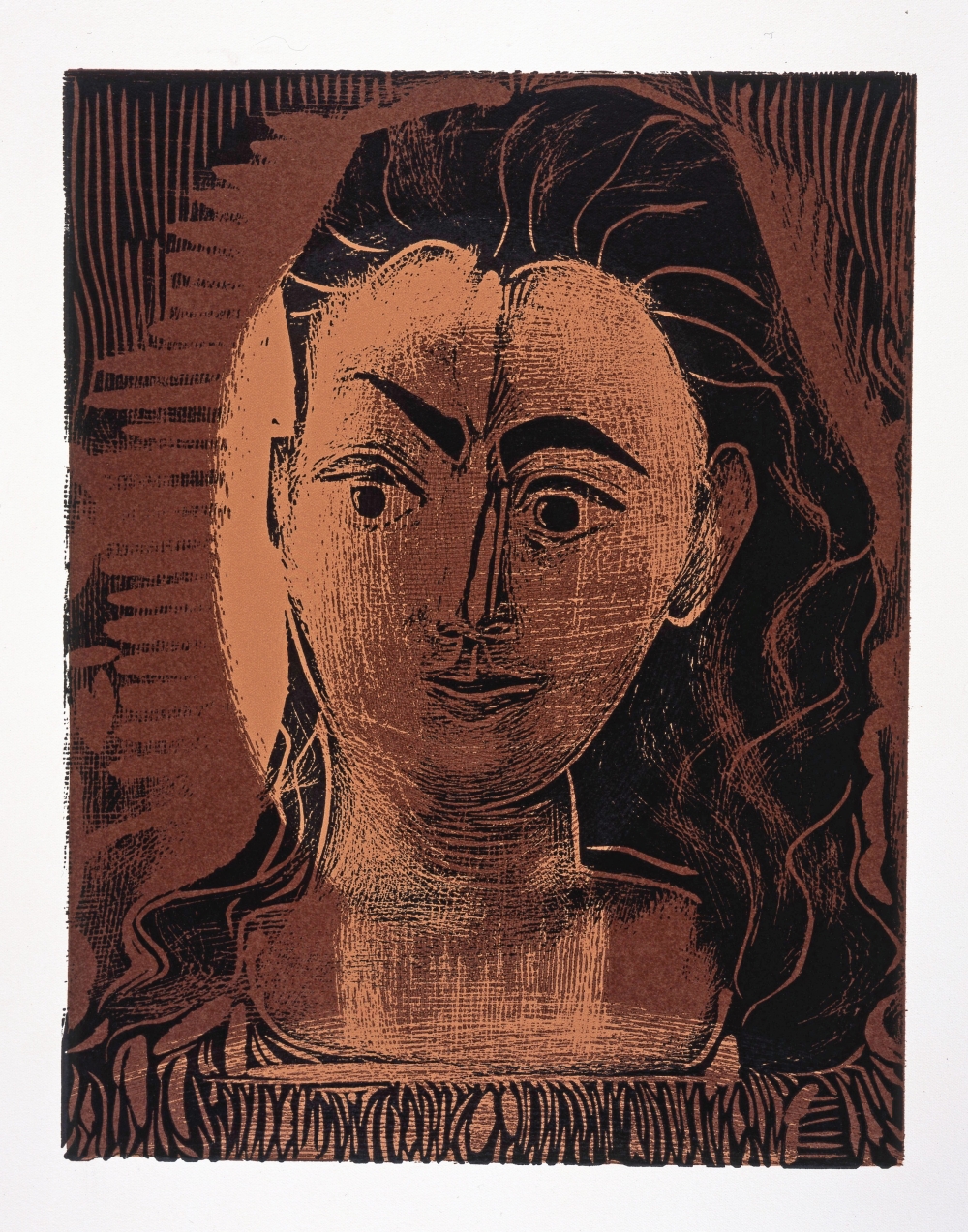A Formative Encounter:
African and Oceanic Artists and Picasso
This exhibition looks at Pablo Picasso through the lens of the non-European art that influenced his practice. Drawn entirely from Remai Modern’s collection, it explores Picasso’s formal vocabulary in relationship to that of African and Oceanic artists. Oceania is represented by a group of sculptures from Papua New Guinea purchased by the Mendel Art Gallery in 1974. Africa is represented by two masks that entered the collection with little information. These works were both bequeathed to the museum by University of Saskatchewan art history Professor Nicholas S. Gyenes in 1985.
Event/Exhibition meta autogenerated block.
When
June 19, 2021 – September 12, 2021
Where
Remai Modern

Here, works by Picasso and artists from Papua New Guinea and West Africa are juxtaposed, inviting us to look at visual connections. It is surprising, but fortuitous, that decades before the Frank and Ellen Remai Foundation’s generous donation of our treasured Picasso collection, the Mendel Art Gallery acquired these African and Oceanic works. A Formative Encounter also allows us to reflect on why these works are in our collection and consider how we can be more accountable to their care.
Curatorial Team
Michelle Jacques, Head of Exhibitions & Collections/Chief Curator
Artist
Pablo Picasso (1881–1973) is among the most prolific, influential and innovative and artists of the 20th century. Remai Modern houses the most comprehensive collection of linocuts by this iconic Spanish modernist. The focused and specialized collection includes editioned prints, working states and experimental proofs that provide insight into the Picasso’s process. All of the linocuts were produced in an 17-year period between 1951 and 1968, in collaboration with Picasso’s master printer, Hidalgo Arnera (1922–2007). With Arnera’s expertise and support, the artist worked hands-on to understand and push the limits and possibilities of the linocut process.
